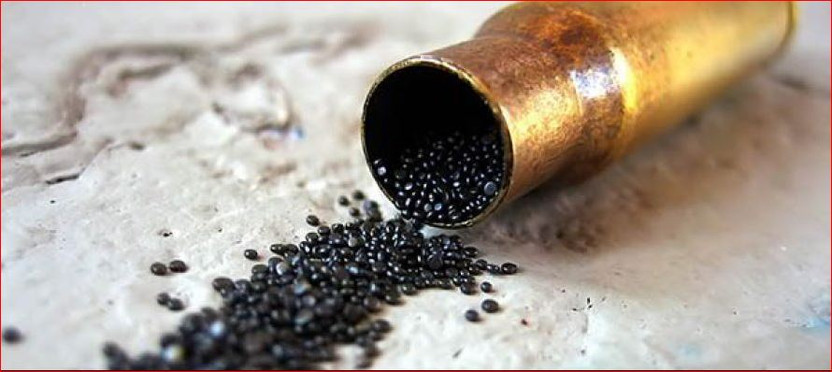How To Use Powder For Reloading
Posted by Farren on 19th Sep 2025
Perhaps one of the most important decisions you will make while reloading your own ammo will be the type of powder you use. No two powders are the same. Furthermore, each shooting situation calls for a completely different type of powder. Reloading for hunting purposes will call for a different powder than the ammo you use for target shooting with your handguns. Because the powder you choose can make or break your load, we wanted the different powder characteristics to you. .
Burn Rate
The time it takes for your powder to reach its peak pressure will greatly affect the round. Fast burning powders reach their peak pressure faster but also die out quickly while slow burning powders take longer to reach their peak pressure but tend to last longer. This becomes important with your style of shooting.
Fast burning powders are great for loading handgun rounds. The shorter barrel, along with the quick pressure peak will combine to make an effective and accurate round. However, because it takes longer to reach the peak pressure, slow-burning powders are not ideal for handguns. Instead, using slow burning powder for rifle rounds will increase the effective range of the round.
Powder Shape
Though the differences are hard to see with a naked eye, powders are manufactured into different shapes. Beginners often don’t pay attention to this detail and purchase the wrong shaped powder and have problems with their loads. The different shapes include:
- Ball Powder- This is the most common type as it burns the best. As the name suggests, it is the shape of a ball and meters extremely well.
- Flattened Ball- It has the same characteristics of ball powder, except it's flat. It tends to burn extremely well.
- Flake- since this powder is shaped like tiny disks, it tends to cause issues when metering. Plus, it’s hard to get consistent numbers due to the fact that the powder will stack differently in each load.
- Stick Powder-this is often used in rifle loads due to its slow burning features.
Powder Density
The density of your powder choice will greatly affect how your load performs. Usually, the more powder you can get in a casing, the better. The problem with less-dense powders is that you have to use more powder to get the desired effects when compared with a denser powder. Always remember to never over-fill the casing. Not only will this prevent the bullet from seating correctly, it could cause damage to the gun when fired.
Load Density
This is slightly different from the actual density of the powder. Load density is the term used to describe the amount of powder placed in the casing. The popular misstep of beginners is that they feel the casing must be as full as possible for it to be an effective round. In actuality, a full load could have adverse effects on the round.
For example, if you are shooting a handgun with a slower burning powder, you don’t want to fill the casing to capacity. If you did, the excess powder would burn at the end of the muzzle, causing a massive muzzle flash. While it might look cool, it would actually cause severe turbulence behind the round and dramatically decrease its accuracy. In this case, it would be better to fill the load approximately 90% full, decreasing the likelihood of an excessive muzzle flash.

